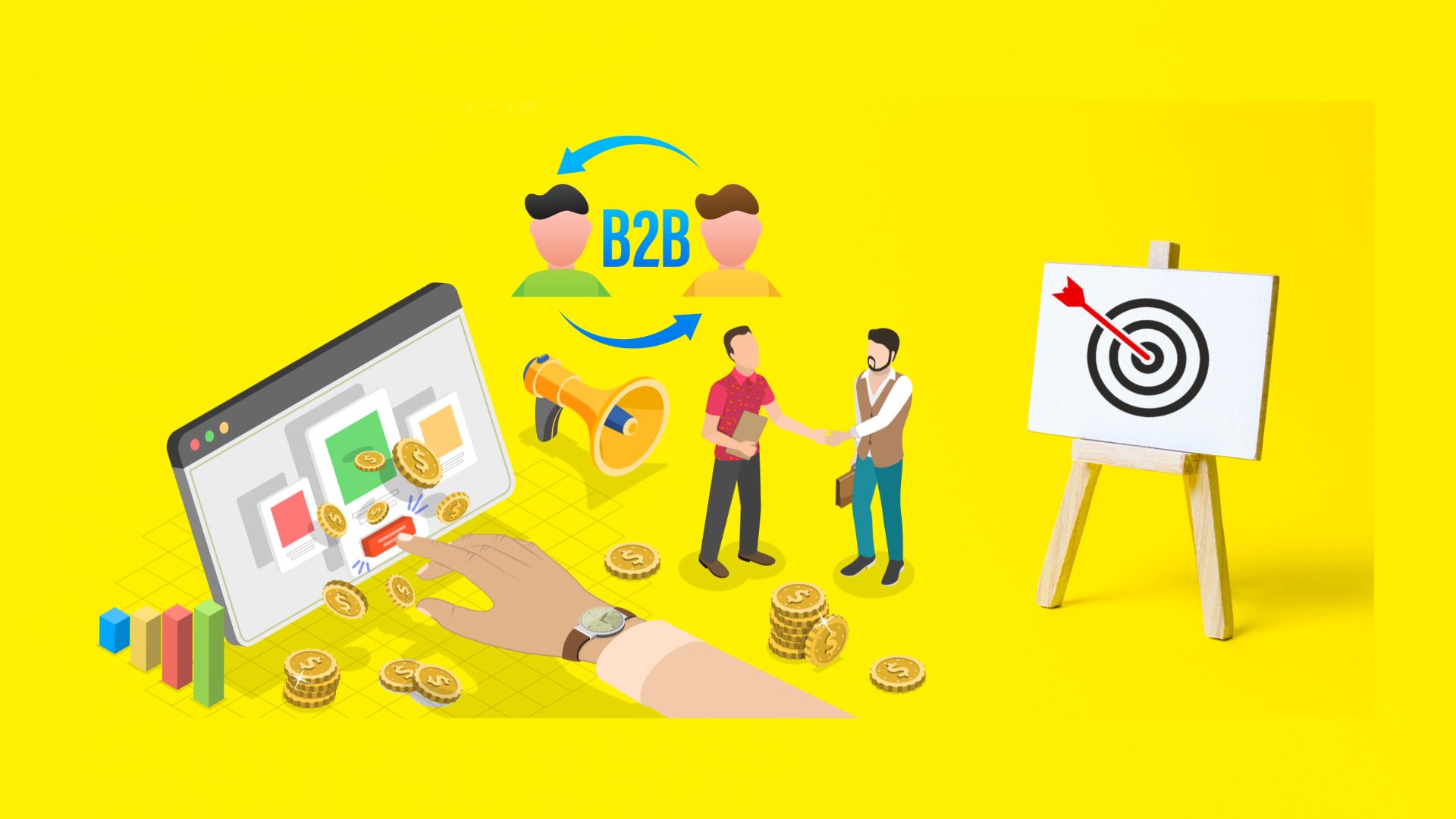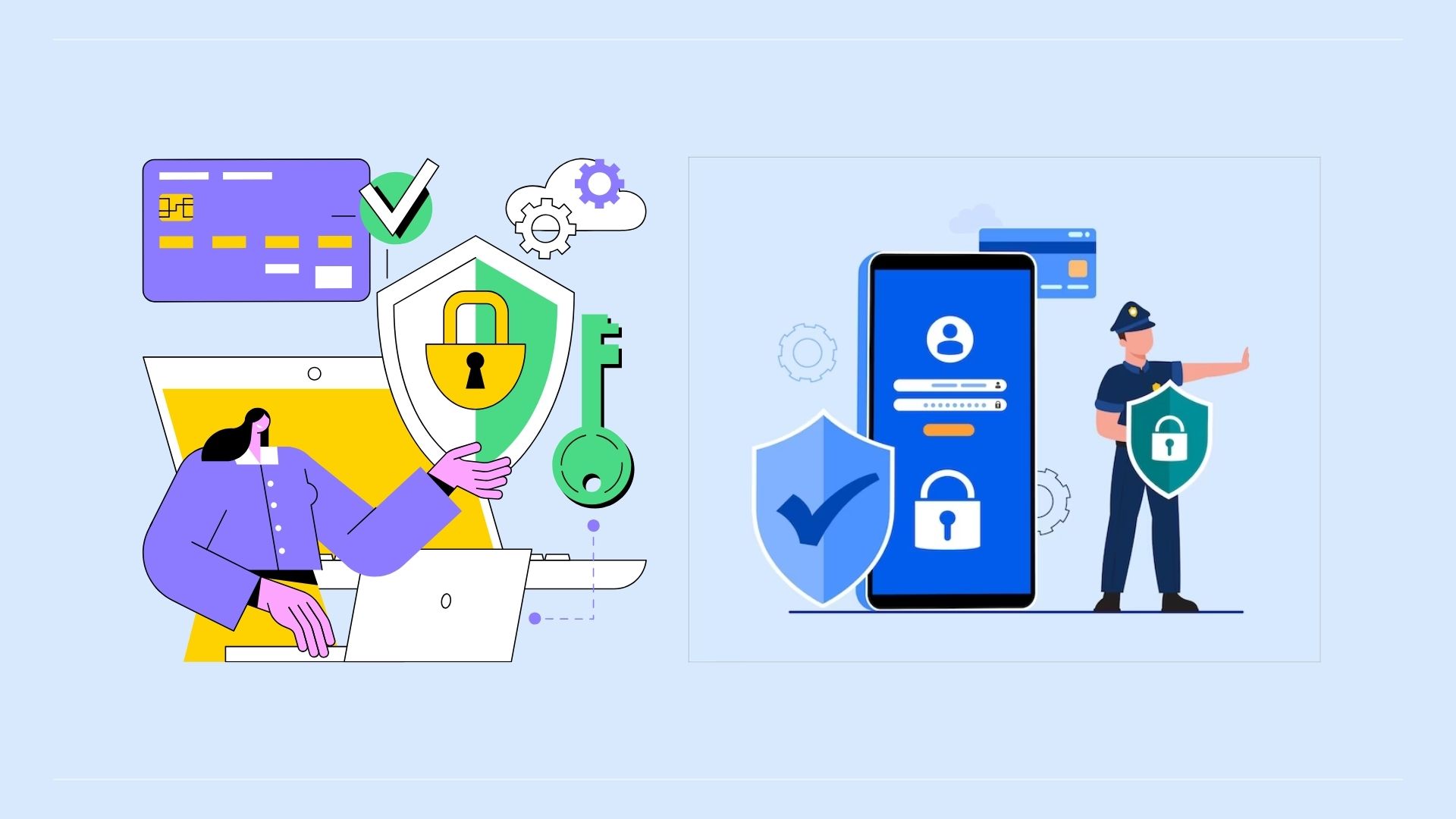What’s Ahead for Enterprise Data in 2016?
Page Contents
by Rex Ahlstrom, BackOffice Associates
As enterprises look into 2016, they are faced with new and continually more complex data challenges to solve across their global operations. However, evolving technologies and innovative information governance approaches are helping organizations manage their data in much more strategic ways.
Let's explore five key data governance trends that we can expect this year – and how companies can utilize them to deliver on their corporate goals and maximize operational effectiveness.
Rise of Application Data Management
While the data management market has no shortage of proven technology offerings, integrating multiple data management tools under one umbrella has traditionally been easier said than done within large enterprises. However, if done well, this unified approach can be one of the most effective ways to manage corporate data systems and ensure that data is relevant for business users and business applications.
Enter application data management (ADM), an innovative way of both establishing data governance policy and enforcing the policy across multiple applications and data consumers. ADM can serve as the hub of a company's complete data operations in ways that traditional master data management (MDM) cannot.
This new IT landscape enables enterprises to set and enforce meaningful data quality and information governance policies broadly across the enterprise, regardless of which ERP and other systems are being utilized and whether they are on-premise or cloud-based. With the ability to move beyond the previously siloed approach to managing data, enterprises can ensure they are prepared to help business users navigate the complex data journey with clarity and concrete business value-driven outcomes.
Linking Big Data to Transactional Data
The concept of tapping into broader Big Data sets like data lakes via business intelligence and analytics sounds attractive to many companies, especially with the promise of data scientists uncovering interesting new data trends. However, it is important to consider the impact to the greater business in the longer term and ultimately how it becomes accessible to the business user.
For example, are there sustainable data business processes implemented for accessing these data lakes and converting findings into usable insights for the organization's business users? And are there measurable ways to connect Big Data findings to the company's transactional data to affect a better business outcome in these transactional systems?
It's not just about having the data; it's about ensuring the data is usable, accurate and addressable for bolstering the business' success. Getting the most value out of enterprise data requires setting business process governance policies for specifying how data is collected, synthesized and organized – and for what purpose – to ensure that the data processes sustainably meet business needs and support business users on an ongoing basis.
Data Governance 2.0 Takes Hold
Traditional master data management focuses on the elements of master data, including customer, vendor, material and so on. However, there are now other new forms of data that must be managed as part of enterprises' data ecosystems.
Data governance 2.0 goes beyond traditional MDM by connecting a web of enterprise-preferred apps that span all types of master, transactional and configuration data. This approach allows a company to drive an overarching data governance process no matter which data systems are being utilized. Ultimately the business process for data takes precedence and allows all data sources to be incorporated into the full data governance strategy.
Leveraging Software Automation
Gone are the days of massive system integrator custom implementations. More and more companies are embracing off-the-shelf functionality of innovative apps that can be used in tandem. Savvy enterprises are now avoiding the large eight-to-10-year ERP implementations of the past, where they needed to allocate millions of dollars on external service spend for single application siloes.
They can now utilize the benefits of software automation to configure requirements with less external service support for lower level needs, while utilizing more qualified service resources for strategic benefits.
New Data Migration Wave
The concept of data migration has come a long way since the massive migration initiatives from 15-20 years ago that occurred with large on-premise ERP deployments. As legacy on-premise apps are aging, customers are looking at migration options to move them in the direction of where the market is headed so they can maintain a competitive position.
This renewed interest in data migration now entails gathering a network of apps, both on-premise and in the cloud, so they can be integrated strategically from a data management perspective. It's also about choosing the right data to move and then moving it.
Getting the data right sized to only what is needed is critical because it may be used in outsourced and purchased computing platforms where the volume of data being moved makes a huge difference in price. Additionally, “lift and shift” migrations are no longer adequate to support the aforementioned trends, cost drivers and data types. Today, it is more critical than ever to deliver the right data, to the right person/application, at the right time, in the right format and with the right security.
Companies that take this post-modern ERP approach will be able to simplify their integrations as well as maximize their ongoing data investments. Data migration is only one phase in a company's ongoing data journey. Understanding that you are on a data journey ensures you will maximize reuse from each phase of the journey, cut repetitive spend and reap more value from your data assets.
Rex Ahlstrom is chief strategy officer at BackOffice Associates, a worldwide leader in information governance and data migration solutions, focusing on helping customers manage one of their most critical assets – data.

Public relations, digital marketing, journalism, copywriting. I have done it all so I am able to communicate any information in a professional manner. Recent work includes creating compelling digital content, and applying SEO strategies to increase website performance. I am a skilled copy editor who can manage budgets and people.



